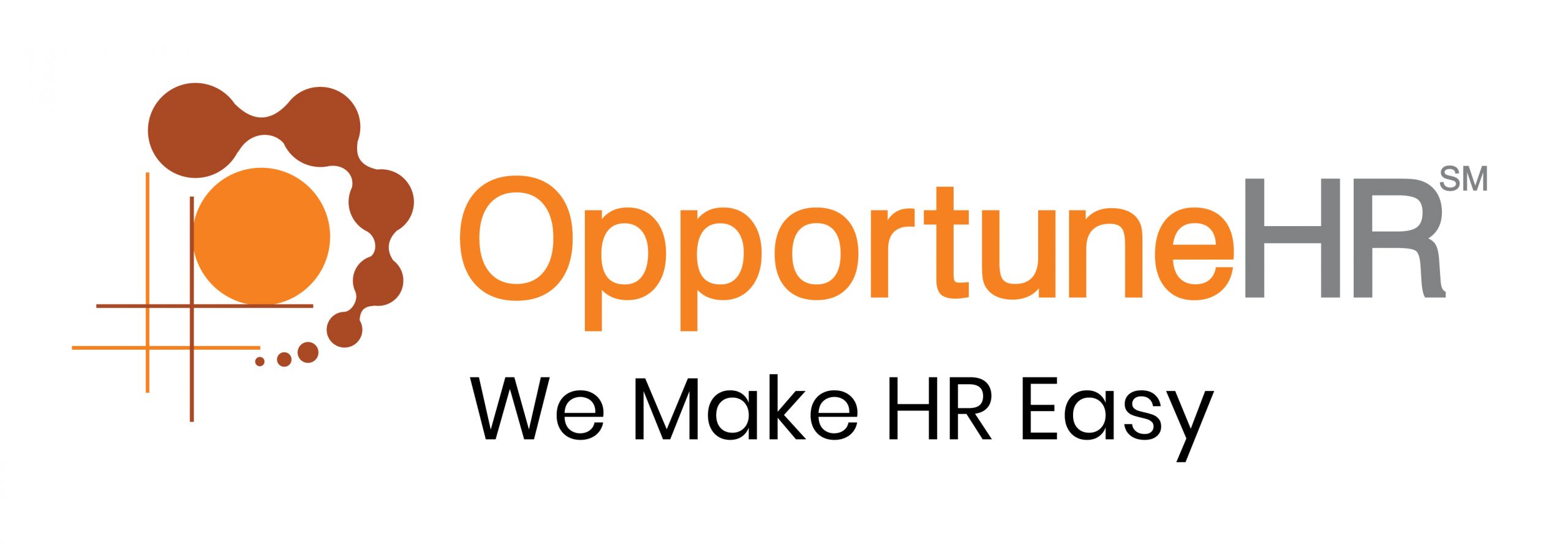The last couple of years were challenging for all industries. But manufacturing industry was specially hit because of the nature of physical connections it need. While service industry shifted to WFH and cloud based remote working modules immediately, a shop-floor can’t run on an online platform like zoom.
Because of the physical presence needed in manufacturing units, and the guidelines for pandemic safety measures, many progressive manufacturing units have shifted their attention to HRMS solutions.
If you are also looking for an HRMS solution which can help you steer through these immediate challenges as well assist you in running the business effectively, then read on. This article is especially meant for you.
So, what HRMS modules must be there in a solution which can handle the new normal effectively?
Let’s answer this important question in 2 parts.
–What modules and specialities a good HRMS have to address HR challenges in manufacturing industry?
–What modules must be there to address the new normal, and the changing human resource scenarios in 2022?
A good HRMS solution should promise and deliver:
Real Time Biometric Attendance:
A seamless connection between biometric devices and the HRMS software. This is something often not taken care of when HR managers evaluate the solutions. While they compare feature to feature, this fact hits them only once they go through the experience themselves.
Ask your HRMS solution makers specific questions regarding this.
A biometric device with push technology and an HRMS platform which is able to handle a large number of inputs at a given moment is a must for the manufacturing industry. Because, generally the employee numbers are large in comparison to other industries.
Rostering and planning of human resources:
It is a core feature for all HRMS, but standard HRMS solutions find it challenging to perform smoothly in the manufacturing industry, largely because of a wide range of employees: blue collar workers, contractor workers, white collar employees and management people.
Add to that multiple shifts, and manpower planning become even more complex.
We suggest, don’t just see vendor demos, give them your toughest manpower problems and see, if they are able to address them with confidence.
Payroll & Overtime:
In manufacturing units, blue collar workers many times doesn’t understand the finer aspects of salary calculation. And, even a minor discrepancy due to human error leads to discussions and conflicts.
A good HRMS solution makes sure all the aspects are taken care of, from overtime rules of the organisation as well as norms set up in accordance with workers’ union. All these factors can be easily configured in payroll processes.
More questions–
These are the most common issues. Also, ask the prospective vendors, do they tackle leave management of multiple units situated in different states? Do they have the ability to create compliance reports required as per the mandates of different states?
Now let’s get a quick view of important modules needed for 2020 and beyond–
Workplace Safety Norms:
The single most important issue for HR in progressive organisations is, manpower safety and health care. Because employees are concerned about their safety. And it makes good sense to take care of our employees as a healthy management practice.
An HRMS which can help you with planning social distancing, vaccination status of employees, and minimum physical contact is highly recommended.
Manpower budgeting for hybrid work scenarios–
While the factory unit requires people in the premises, the support staff and managerial team work in hybrid mode. Sometimes they are in the office and many times they work from home, or while travelling.
The new scenario which is gaining ground is gig work. Many experts are being hired on a project to project basis, or as full time or part-time employees working from remote places.
This needs an HRMS solution which is on the cloud, but also highly configurable. A solution which can take in account people on premises, as well as remote workers.
Digital Onboarding Of Blue Collar Workers:
This is one area which requires special focus in the manufacturing industry. While the managerial talent and white collar workers are used to digital on-boarding, the blue collar workers require empathetic support.
But even more important, when a blue-collar employee is accepted, an initiative to onboard them through friendly dashboards will make a huge difference. Using regional languages will make them feel comfortable. When the sourcing and retaining of talent is already tough, such HRMS capability will surely give your organisation an advantage.
A good HRMS will help through the talent management and recruitment process from beginning to end: From applicant tracking to CV parsing and scheduling of interviews and feedback status.
Performance Linked Incentives and increments:
This is the most talked issue right now in business circles. Due to the uncertain and fluctuating economy, business owners are asking the performance question on priority:
We know people are working for so many hours, but, is employees’ work contributing to the organisation objectives and results?
In 2022 the HR must gear up to answer this question. This question falls out of the regular HR administration work. HR leaders in organisations must go beyond routine responsibilities like: Time and attendance capturing, salary and payroll, leave management and other such tasks.
The good news is, a modern enterprise HRMS solution takes care of all these challenges well.
This is the bare minimum any enterprise HRMS solution must guarantee in 2022!
Summary :
While the service industry shifted to ‘work from anywhere’ workplace model, manufacturing demands physical presence of people. Apart from usual manufacturing compliance, new pandemic guidelines for workers’ safety and health care are in place. Which makes HR’s role even more demanding.
In this ‘new normal’ an HRMS can greatly help HR teams in manufacturing industry. It makes payroll and attendance effortless, easy. Makes manpower budgeting and planning accurate.
In 2022 progressive companies are moving to digital onboarding, which makes resourcing and retaining talent easier. Especially in manufacturing units with blue collar workers, dashboards in regional languages are preferred for ease of use by the employees.
Another significant change happening in HR 2022 is an orientation towards linking increments and incentives to performance.
Enterprise HRMS like OpportuneHR takes care of all these requirements well.








